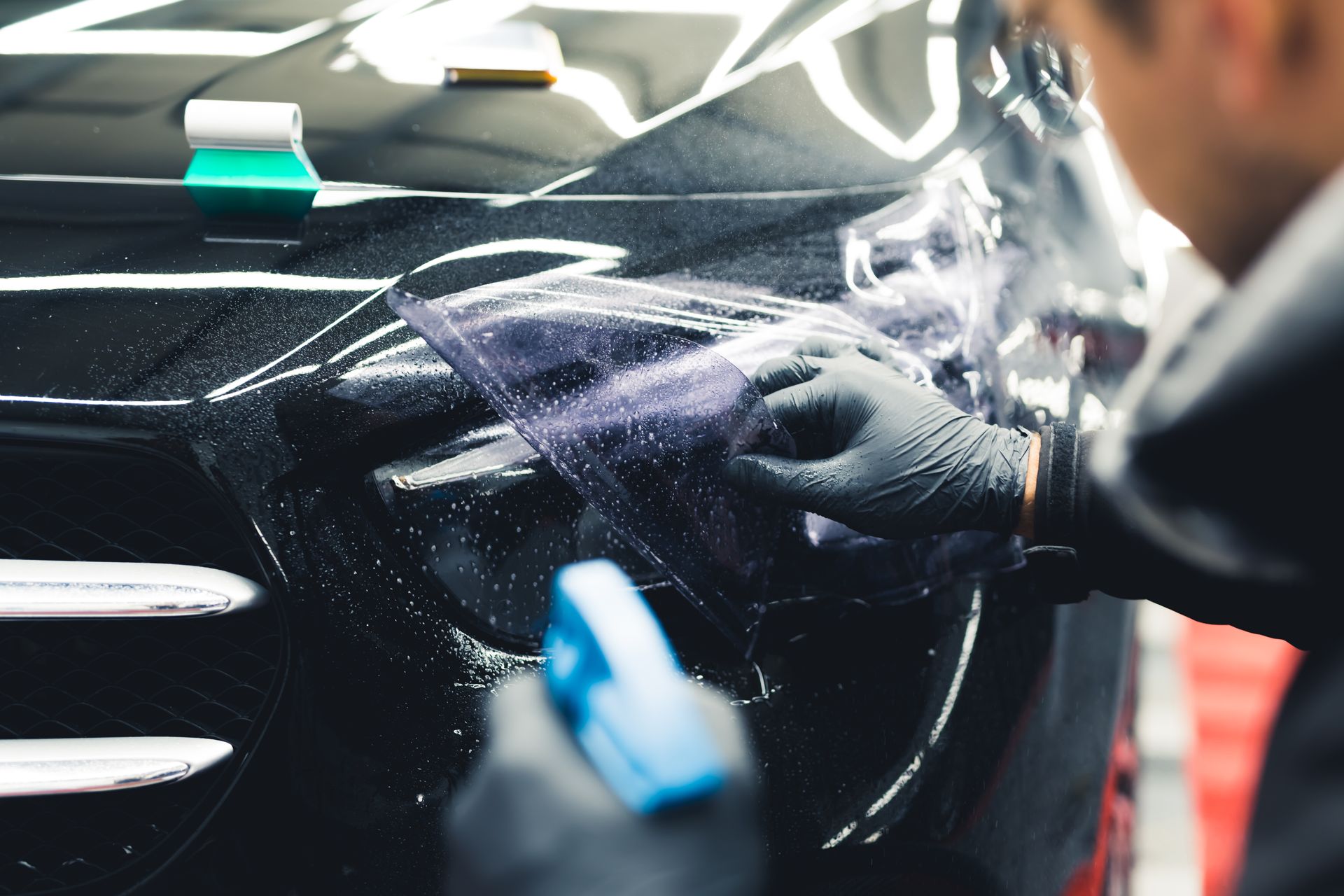Car headlight and taillight tinting is a common modification among car enthusiasts who wish to give their vehicles a personal touch. Tinting the lights lenses involves putting a thin film or layer of tint material to the surface of the lenses.
One of the main advantages of tinting your headlights and taillights is the aesthetic appeal it adds to a vehicle. Many car enthusiasts tint their lights to give their vehicle a more aggressive and aggressive appearance. The tint can be applied in a variety of patterns or designs and can come in a variety of colors ranging from black to blue to yellow. Tinting can also help to conceal scratches or other flaws on the lamp lens, resulting in a cleaner overall appearance.
Another advantage of tinting the headlights and taillights is that it might help to lessen the amount of glare caused by the lights. This is especially important for those who frequently drive at night or in low-light conditions. Reduced glare allows the driver to see the road ahead more clearly, boosting road safety.
Reason for tinting your headlights and taillights
It is done primarily for aesthetic purposes. Some individuals love the look of tinted lights because they can give a car a sleek and unique appearance. Tinting can also be used to match the color of other exterior modifications, such as body paint or window tint.
Light tinting can offer functional as well as decorative benefits. Tinting can help to reduce the amount of glare created by headlights, making driving at night or in bad weather safer and more comfortable.
Techniques of headlight & taillight tinting
Headlight and taillight tinting is available in a variety of ways, including films, sprays, and covers.
The most frequent type of tinting used for headlights and taillights is films. They are typically made of a thin, adhesive-backed vinyl material that is applied to the surface of the headlights. Drivers can personalize the appearance of their headlights by using films that exist in a number of colors and shades.
Another option is spray tinting. It is the process of putting a tinted spray on the surface of the lights. This approach takes more preparation and skill than film tinting because the spray must be applied uniformly and without causing drips or runs. Spray tinting can produce a more even and consistent appearance than film tinting, but it is also more difficult to remove if the driver desires to alter the look of the lights.
Headlight and taillight covers are a less common sort of tinting in which a physical cover is applied to the surface of the headlights. Plastic, glass, and acrylic are some of the materials that can be used to make covers. They are more durable than film or spray tinting, but they are also more expensive and complex to install.
Considerations before tinting your headlights and taillights
Headlight and taillight tinting, like any other automotive alteration, has advantages and disadvantages. Some of the potential benefits of headlight tinting include improved appearance, reduced glare, and protection against scratches and other sorts of damage.
However, there are disadvantages to tinting your headlights. One of the main issues with headlight tinting is that it can reduce the amount of light emitted by the headlights. This can make driving at night or in low-light conditions more difficult and dangerous, as other drivers may not be able to see the tinted headlights as easily.
Also, lamps tinting may be prohibited in some states or regions. Before tinting your beams, it is necessary to understand the rules of the area, since you may face fines or other consequences if you are discovered to be in violation of these laws.
Another potential consequence of lens tinting is that it can shorten the lifespan of the lights themselves. Tinted films or sprays can cause the lights to heat up faster, resulting in premature wear and tear or even bulb failure.
In conclusion, vehicle headlight and taillight tinting can be a useful improvement for car enthusiasts wishing to personalize their vehicles. Yet, it is critical to assess the potential benefits and drawbacks of headlight tinting, including potential brightness reductions and legal implications. Drivers can make an informed decision about whether or not to tint their lights by taking these variables into account.

